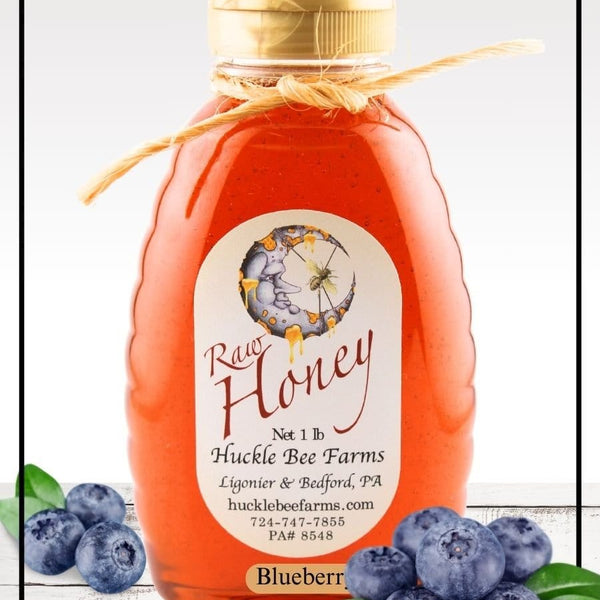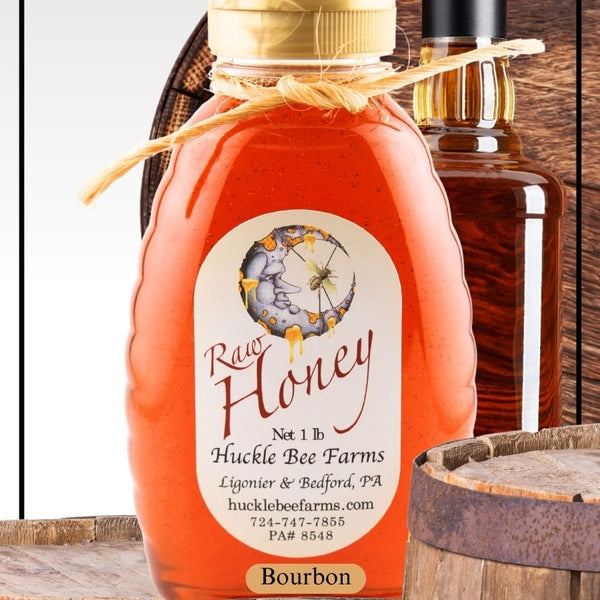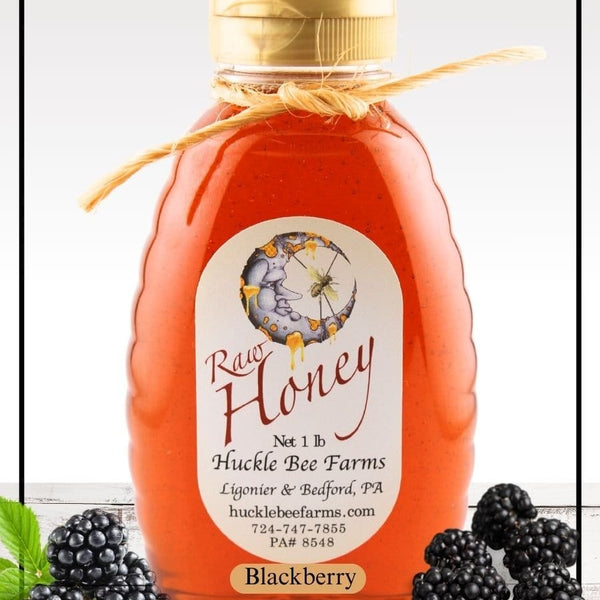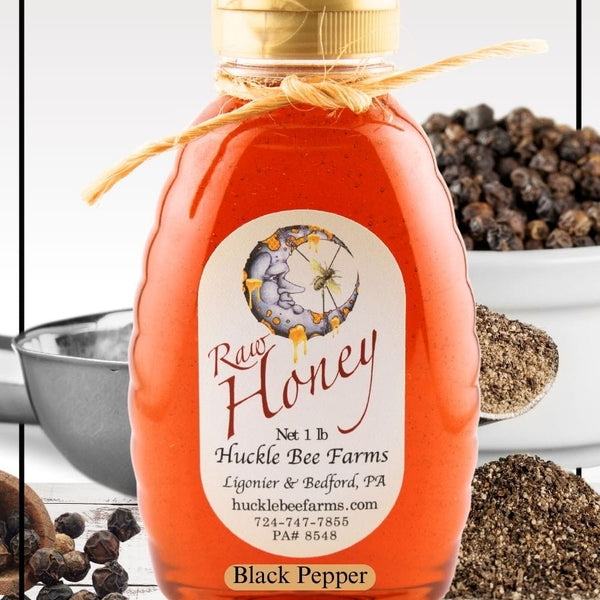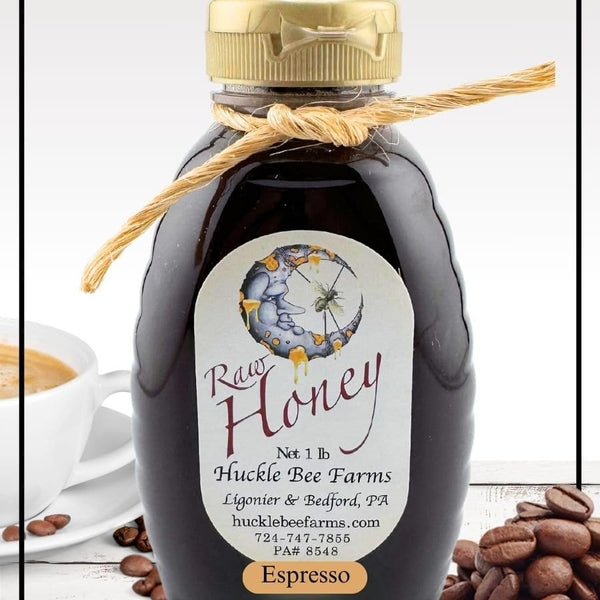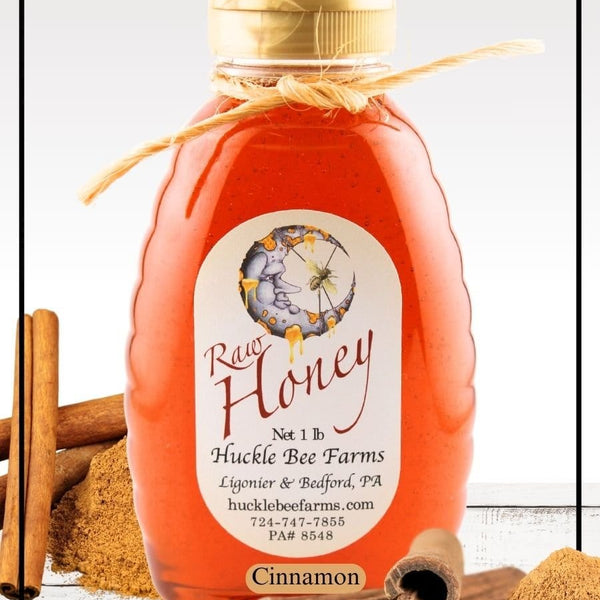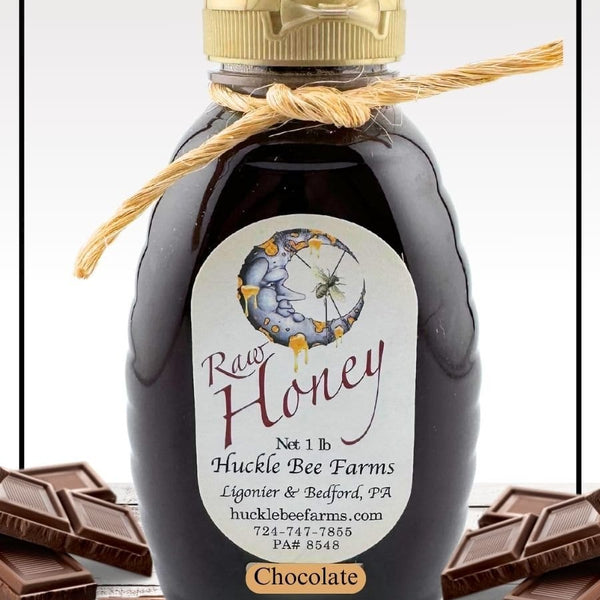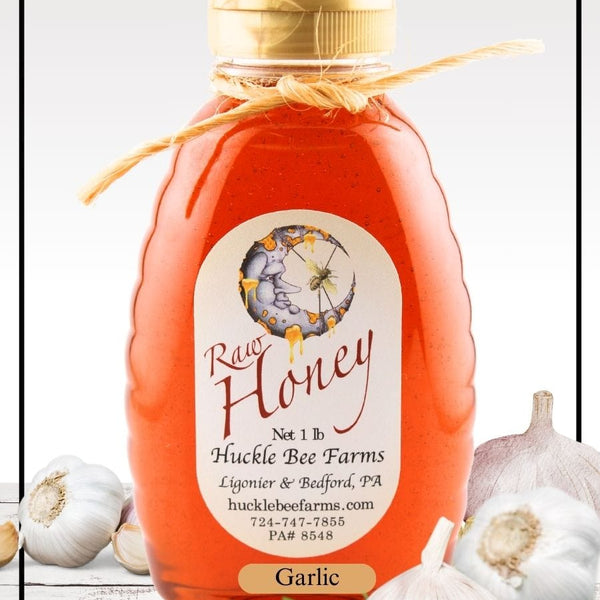
Discover Essential Butterfly Information for Nature Lovers
Here is some Fun 🦋 Butterfly Information
Butterflies pollinate numerous plants, acting as critical ecosystem ambassadors.
Butterflies help plants reproduce by spreading pollen with their pretty colors and gentle flying, making nature even more magical.
Butterflies move from flower to flower, spreading pollen and helping plants grow. This keeps a variety of plants healthy, which is important for the environment.
Nature's whimsical gardeners, indeed.
Butterfly Habitats Unveiled

Butterfly habitats are kaleidoscopes in the wild, shimmering with floral abundance that beckons these elegant pollinators. A mosaic of nectar-rich blooms forms the foundation of their realms, where each flower serves as both banquet and breeding ground. Diversified vegetation provides shelter and a canvas for their life cycles, from tiny eggs to fluttering adults.
Invariably connected to the health of their ecosystem, butterflies thrive in "edge environments," dynamic areas where different habitats meet. These borders act as melting pots for plant and insect diversity, offering myriad floral choices and microclimates. Butterflies help plants grow by spreading pollen in important areas, which many species, including humans, rely on for survival.
Host Plants for Caterpillars
Caterpillars are the ravenous youths of butterflies, embarking on a critical phase of their metamorphosis. They need certain plants to grow well, forming a partnership where both benefit and grow successfully.
Each type of butterfly has a favorite plant where they lay their eggs. This close relationship helps both the butterfly and the plant to thrive and evolve together over time.
Some butterflies only eat one type of plant as caterpillars, making them specialists in their diet.
Host plants are crucial for local habitats. They feed caterpillars and help butterflies thrive. By favoring certain species of plants (those resistant to herbivory or with specific chemical defenses), butterflies influence the botanical tapestry of their environment. This intricate dance assures the continuation of both species' genetic legacy.
Feeding on Nectar Sources for Adult Butterflies
Grown-up butterflies love sweet nectar from flowers with sugars and amino acids. They visit many different plants to find it. The bounty these flowers offer is vital, fueling the butterflies' energetic flight and reproduction.
These flying jewels have evolved an incredible tool—the proboscis. It's a straw-like tongue, coiled neatly when not in use, ready to unravel to tap nectar reserves.
Nectar composition differs among plant species, offering butterflies a spectrum of dining choices. Plants and butterflies work together, with plants adjusting their nectar to suit the butterflies' tastes and feeding needs.
While abundant flora can be a paradise for these creatures, each species of butterfly has its favorites. Mutualistic relationships shape these preferences, benefiting both the plant and the butterfly in the exchange.
Floral abundance, variety, and arrangement in a habitat provide a mosaic of feeding stations for butterflies. Gardens planted with butterfly-friendly flowers can be crucial sanctuaries, offering nourishment and supporting butterfly populations amid urban sprawl.
Remember, a garden lush with a variety of flowers isn't just pleasing to the eye. Bees see flowers as a buffet, each one like a meal that they need to survive. Flowers are delicate and important.

Creating a Butterfly-Friendly Garden
Planting Ideas
A. Gayfeather
B. Purple Dome aster
C. Orange milkweed
D. Coneflower
E. Zinnia
F. Nasturtium
G. Snow Princess sweet alyssum

To beckon butterflies, your garden must speak their language. Butterflies like native plants because they have grown up together and like them a lot.
To attract butterflies, you need more than just any flowers. Butterflies prefer native plants because they have a long history together and enjoy them.
To attract butterflies, you need a variety of plants. Adult butterflies need plants like milkweed and coneflowers to feed on. Caterpillars need plants like dill or fennel to eat.
Plants of different heights and colors attract different butterflies, making the garden visually appealing and diverse in butterfly species. With blooms from early spring to late fall, your colorful display will ensure a season-long dance of butterflies.
Additionally, these delicate creatures need a suitable environment for rest and reproduction. Small plants and rocks provide safety and warmth for butterflies to rest and sunbathe, away from danger. A shallow water source offers hydration. Together, these elements create an inviting landscape for butterflies to thrive and multiply.
Finally, imagine a garden pulsating not just with flowers, but also with life. To significantly enrich this miniature ecosystem, avoid pesticides. Instead, encourage natural predators like ladybugs and praying mantises.
When you see butterflies flying around your garden, it means your chemical-free garden is supporting nature's pollinators. The presence of butterflies indicates that your garden is helping to maintain the beauty and importance of these pollinators.
Intriguing Butterfly Behaviors
Butterflies embody a world of silent communication through their remarkable behaviors. Flying gracefully, they perform a dance to attract potential partners using their beautiful wing patterns and movements. To us, it may look like just quick movements, but for these creatures, it's a way to flirt and show territory.
Remarkably agile, butterflies also exhibit a behavior known as thermoregulation—strategic positioning of their wings to absorb sunlight and regulate body temperature. These subtle actions are crucial for their survival and show how complex a butterfly's wings can be.
Mating and Reproduction
In the realm of butterflies, romance is a visual spectacle. Males often court females with an aerial dance, flitting purposefully to exhibit vigor and vitality.
While courtship can be elaborate, the actual act of mating is more discreet. Partners stay connected for hours, ensuring successful fertilization in a private tangle of wings and antennae.
Once mated, female butterflies prioritize oviposition, the process of laying eggs. They instinctively select plants that will provide their offspring with nourishment once hatched—a critical choice for caterpillar survival.
The female insect carefully attaches the eggs, often laid singularly or in clusters, to host plants. Mothers use a special adhesive to anchor these future progeny in a secure, sheltered location.
Upon hatching, the caterpillars are solitary feeders. They embark on a voracious journey, consuming host plants ravenously, encased in their own cradle of sustenance.

Migration Marvels
Migration is a phenomenal aspect of butterfly behavior, compelling them to undertake vast journeys. Some species migration pattern, like the iconic Monarch, traverse thousands of miles in a life-affirming odyssey.
These voyages cross numerous countries and climates. Truly a Herculean feat for such delicate creatures.
Using natural cues like the sun and magnetic field, instinct-driven navigators find their way. It's as though they possess an innate GPS, directing them with precision across the continents.
Remarkably, the migrating butterflies are not the same individuals that return. Instead, multiple generations accomplish the voyage, with each one continuing from where the previous one ended. A baton pass extends through life cycles, creating a continuous thread of journey through time and space. This natural phenomenon raises fascinating questions about the mechanics of migratory memory and the transmission of navigational skills across generations.
Defense Mechanisms Explored
Butterflies' survival hinges on their ability to evade predators through cunning defense mechanisms, camouflage being a prime example. They blend seamlessly into the environment, virtually invisible to predators.
Mimicry is another ingenious tactic. Harmless species imitate the warning colors of toxic kin to deter potential threats.
Some birds show eye spots on their wings when perched, making them look bigger and scarier to predators. These faux eyes can intimidate birds and small mammals, providing a crucial moment for escape.
In moments of danger, certain species can excrete a noxious substance to repel attackers. This chemical defense, coupled with erratic flight patterns, makes them less palatable and more challenging to catch. Butterflies stay safe by hiding in their environment and pretending to be something else to avoid predators.

Identifying Common Butterfly Species
In your garden, you may see the Monarch butterfly with its orange and black wings fluttering around. Of course, their majestic presence can captivate anyone, with serene flight patterns that weave a peaceful rhythm through the air. Monarchs serve as a beacon for butterfly enthusiasts, signaling a healthy and vibrant ecosystem.
In contrast, the delicate dance of the smaller, albeit equally fascinating, Painted Lady can provide hours of silent wonder. Donning a complex mosaic of orange, black, and white, these aerial artists perform with grace and precision. The longer you look, the more details you see in the ballet of the Painted Lady butterfly. Its colors and movements show its beauty in the study of butterflies.
Colorful Wings: Patterns and Camouflage
Butterflies have beautiful wings with intricate patterns and vibrant colors that serve more than just looking pretty. From a survival standpoint, these designs are critical for protection and mating signals.
Predators often overlook the mimetic marvels that butterflies exhibit. The unique patterns help them blend seamlessly into their environment.
Their wings are like colorful signs, showing their age and strength to find a mate or warning predators with bright colors. Flight patterns further augment their visual language, creating an interwoven tapestry of motion and hue.
The intersection of pigmentation, scale architecture, and light reflection on butterfly wings creates a dynamic canvas. This is not just a lucky event; it is a developed way to survive, find mates, and avoid enemies. Essentially, these "flying flowers" smartly use their wings to protect themselves and attract others in their short lives.
Size and Shape Variations
Butterflies come in a staggering array of sizes and shapes, each species uniquely adapted to their ecological niche.
- The Queen Alexandra's birdwing boasts wingspans of over 11 inches, a colossal size among their kin.
- The Western Pygmy Blue, in stark contrast, flutters at a mere inch wide.
- Monarchs and Swallowtails exhibit large, angular wings perfect for long-distance travel.
- Skippers have stout, hook-tipped wings, giving them a rapid, darting flight pattern.
- The Leafwing cleverly masquerades as foliage with its leafy wing contours and veined patterns.
This variety reaches further than mere aesthetics; it's pivotal for survival and reproduction.
From flitting about flowerbeds to gliding over canopies, wing architecture greatly impacts a butterfly's flight agility and endurance.
Rare and Endangered Beauties
Butterflies are not immune to the throes of endangerment, imperiled by habitat loss and climate change.
The Miami Blue Butterfly is close to extinction. Only a few small groups of them remain in the coastal areas of Florida. Conservationists have been laboring to bolster their numbers through captive breeding and habitat restoration. Understanding the importance of these rare and endangered beauties in our ecosystem is crucial for us.
Butterflies play a vital role as pollinators, helping to facilitate the reproduction of various plant species. By spreading pollen from flower to flower, they contribute to the growth and diversity of our natural surroundings. Learning about butterflies and helping protect them is important for nature lovers to ensure future generations can enjoy them.

Conclusion
Butterflies are essential pollinators, playing a crucial role in plant reproduction and the health of ecosystems. They are attracted to a diverse array of nectar-rich blooms, which offer both a source of food and a place to lay their eggs.
Each type of butterfly has certain plants that provide food for their caterpillars, forming a helpful partnership between them. Adult butterflies rely on sweet nectar from a variety of flowering plants, with different species having their own preferences. To make a garden butterfly-friendly, choose native plants, offer shelter and water, and avoid pesticides.
Butterflies exhibit fascinating behaviors, including courtship dances and thermoregulation. They also undertake incredible migration journeys, guided by environmental cues. Defense mechanisms such as camouflage and mimicry help them evade predators.
Butterfly wings are pretty and have important jobs like protecting the butterfly and helping it find a mate. Butterflies come in a wide range of sizes and shapes, each adapted to their unique ecological niche. Some species are rare and endangered, highlighting the need for conservation efforts. We hope you found this Butterfly Information fun and useful.
Huckle Bee Farms
www.hucklebeefarms.com













